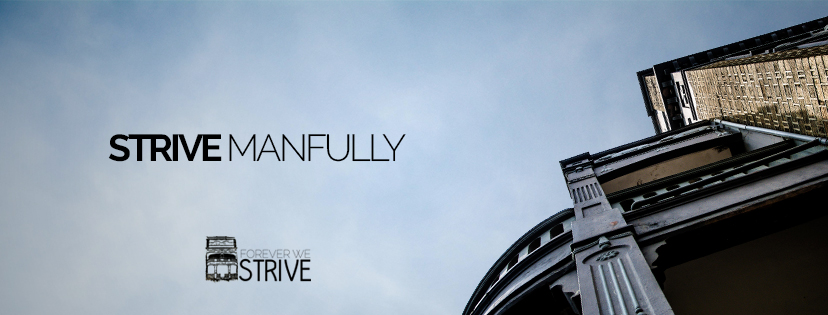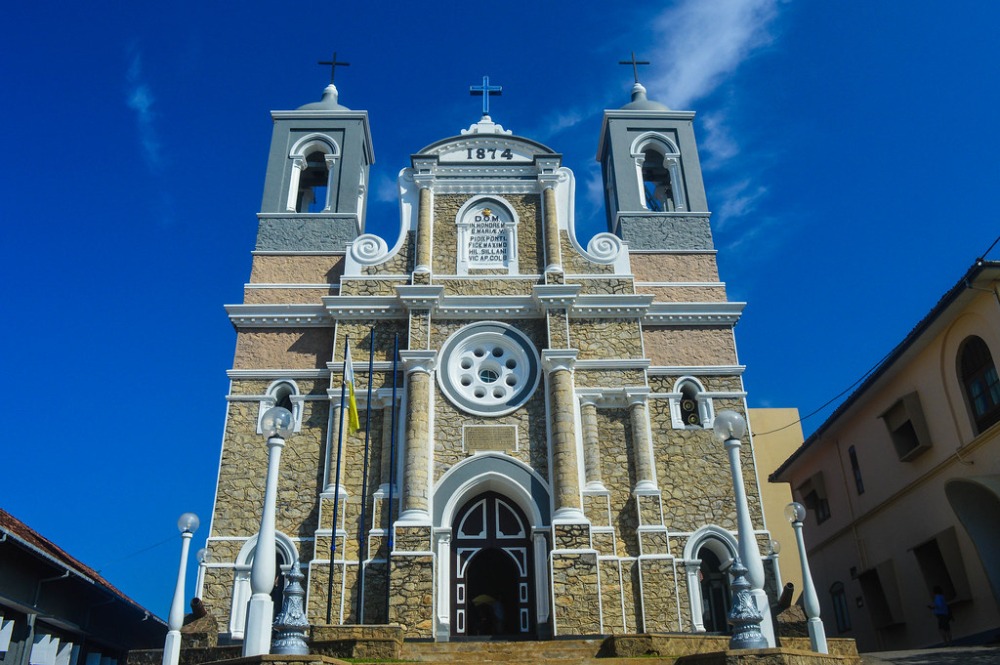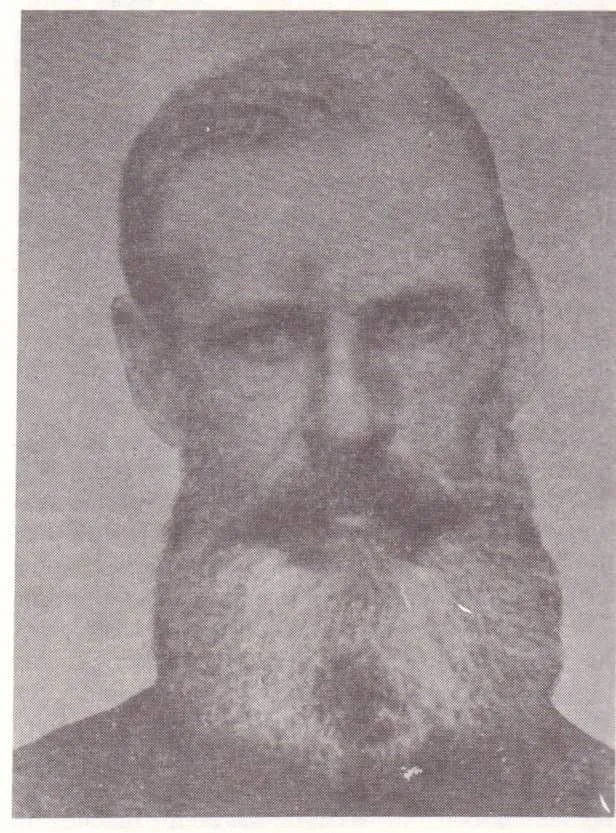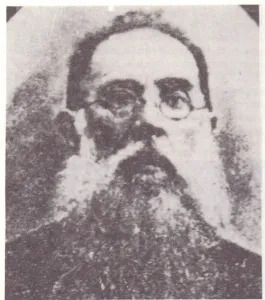Aloysian Legacy


St. Aloysius’ College & St. Mary’s Cathedral stand together on Mount Calvary Hill, known in earlier times as ‘Poraka kande’ or Gibbet Hill, in Galle. The Hill was the place where executions were carried out during Dutch rule.
St. Aloysius’ College was established in 1895 by Belgian Jesuit fathers and was named after the Jesuit Saint, Saint Aloysius Gonzaga. St. Aloysius’ College, Galle, is one of many schools named St Aloysius’ College.
Until the Sri Lankan government passed legislation for the nationalisation of schools in the island (with an exception of only a few schools), St. Aloysius’ College was run by Jesuit Fathers and the medium of instruction was English. The first Buddhist principal was appointed in the year 1971 and subsequently the medium of instruction was changed to Sinhala.
Later , during Dutch rule, a church was constructed at the premises where the Cathedral is today & it had also been used as a school hall. A 1795 map of Galle shows a small church, the church of Holy Rosary, the first to be built on Mount Calvary. The Cathedral was built by the Benedictine Fathers in 1874, and St. Aloysius’ College was started by the Jesuit Fathers, 21 years later. The Benedictine Era spanned from 1845 to 1895. During this time, several important events took place. In 1854, the Rev. Fr. C.J.B. Fernando O.S.B. founded an English school in Galle, Sri Lanka.
Ten years later, the school was named the Mount Calvary Anglo-Vernacular School, which offered instruction in English, Sinhala, and Tamil. The Galle Cathedral’s foundation was laid in 1868 by the 2nd Sylvestrine to come to Ceylon, Rev. Fr. E. Miliani O.S.B. The school changed its name to Mount Calvary Boys High School (English) in the 1870s. In 1874, the cathedral was built with funds collected in Manila by Fr. Martin, who was succeeded by Rev. Fr. Benito Martin O.S.B.


Rt. Rev. Dr. Joseph Van Reeth
The year 1876 saw the Vicar Apostolic of the Southern Vicariate, Most. Rev. Dr. Hillarian Sillani O.S.B., bless the church built by Fr. Martin. Fr. Martin passed away and was buried in Galle in April 1876. In 1880, Rev. Fr. Johannes Palla O.S.B. introduced the first brass band to the Mount Calvary Anglo-Vernacular School. In 1888, the first two students were admitted to the school.
From 1891 to 1894, the school was known as Mount Calvary Boys English High School. From 1894 to 1895, it was known as Mount Calvary Mixed English High School, suggesting that girls were also admitted. The Benedictine Era ended in 1895, when Pope Leo XIII reorganized the Hierarchy of Ceylon and carved out of the large dioceses of Colombo and Jaffna the new dioceses of Galle and Trincomalee, with the Society of Jesus providing Galle with the Rt. Rev. Dr. Joseph Van Reeth as its first bishop.
The late 19th century was an important period for the establishment and growth of the Catholic Church in Galle, Sri Lanka. In March 1895, Rt. Rev. Dr. Joseph Van Reeth S.J. was consecrated Bishop of Galle in Antwerp, his hometown. Later that year, on November 9, Bishop Van Reeth arrived in Galle with Rev.Fr. Joseph Cooreman S.J., Rev. Fr. Theodule Neut S.J., and a Lay Brother, Rev. Polydore Verbrugge S.J. They were assisted by Fr. C.J.B. Fernando O.S.B., then Vicar General of the Kandy Diocese, to organize the Diocese and learn Sinhala for three months.
In 1896, the School received a significant boost with the arrival of Rev. Fr. Augustus Standaert S.J. in Colombo. Rev. Fr. J. D’ Herde S.J. also joined the Galle Diocese. Bishop Van Reeth erected new buildings for the School on available church property, including the Fathers’ Residence and Cambridge classes. The first students and boarders occupied small houses near the Cathedral, while others occupied the go-downs and store-rooms of Bishop’s House. The School had eight classrooms, and the Sacred Heart Convent was established with five European Sisters. At the request of Bishop Van Reeth, his sister, Rev. Mother Mary Bernadette, who was the Superior General of the Sisters of Charity in Belgium, sent five Sisters to set up a day school with 36 mixed students in a house on Mt. Calvary next to the Cathedral. The School moved to the present premises in 1901 and became a girls-only Convent.


Rev. Fr. Theodule Neut S.J.

Rev.Fr. Joseph Cooreman S.J.

Rev. Fr. Dennis Murphy, S. J.

Rev. Fr. Augustus Standaert S.J.
From 1897 to 1899, the School was known as St. Aloysius’ English High School and was named after the Jesuit Saint of Youth, St. Aloysius Gonzaga. Bishop Van Reeth arranged to recruit additional teachers from Ireland, Belgium, and Germany to augment the teaching resources. Fr. Standaert was posted to Matara and established St. Servatius College, Matara, serving as its first Principal from 1897 to 1901. In 1899, he was appointed the first Superior Registrar of the Galle Mission.
By 1900, the School, under the supervision of the Bishop, was entrusted to the care of Fr. Cooreman, who became its Director in 1902. Fr. J. D’ Herde, one of the teachers, later assumed responsibility for academic studies. In 1901, cricket was introduced to the School, and Fr. Dennis Murphy S.J. (Irish Jesuit/Belgian Mission) arrived in Galle. The School had 85 students in attendance, and five teachers, with one or two students in the Cambridge class.
In 1902, the School had four Europeans and five Ceylonese teachers, with 182 students on roll and 143 in attendance. The Cambridge class had a number of students, and there were 20 boarders who were given residence in a house, later the parish house, and in some rented houses adjoining it. The old hall was pulled down, and a larger one with a stage was erected. During this period, classes were held in verandahs, cadjan sheds, and a part of the hall. From 1902 to 1910, Fr. Joseph Cooreman S.J., Vicar General of the Diocese and Parish Priest of the Galle Parish, was the Director of the School, also known as Collegium Episcopale.

